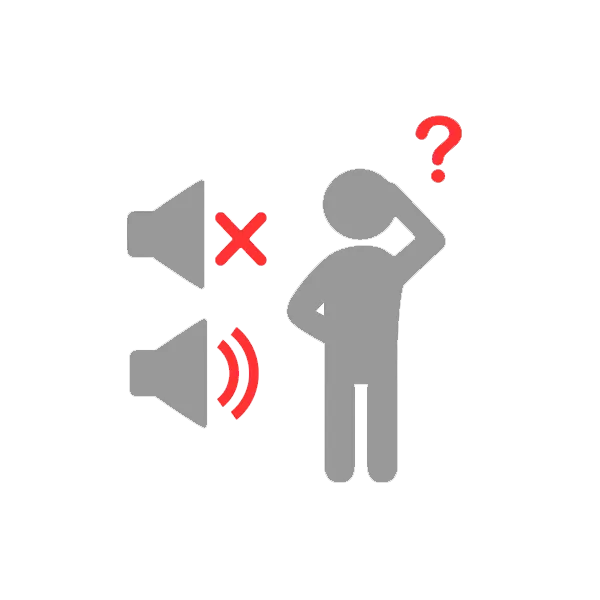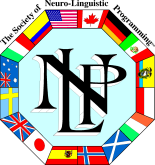
Some Examples of phonological ambiguities
The words first:
Let’s start with some examples to make you read, practice and realize how simple this technique is:
- Red and Read
- Flower and Flour
- I and Eye
- Write and Right
- Knows and Nose
- Hear and Here
- Red and Read
- Weight and Wait
- A part and Apart
- Piece and Peace
- Present and Present
Simple, right?! You can already see, this is my favourite way in having fun with communication and phonological ambiguities. As written right above, Phonological Ambiguities forces the brain to think for a moment. In example, to understand the statement, it is necessary for the client to process the possible meanings and then decide which one is the most appropriate. That underlines that Phonological Ambiguities are an excellent tool to utilize in your hypnosis induction. Logically seen we are enhancing and steering towards trans-derivational search. And for the readers who do not want to use it in hypnosis, ask yourself how many jokes are based on Phonological Ambiguities?
And then some example sentences:
- You’ve struggled with this issue for the last time – no/know more.
- I watch you which maybe is a good thing.
- I can hear the sea in this shell. Can you see this shell here?
- And, you know, it would be all right for you to write and practice these patterns every day, because you want to master these skills, right?
- We go by the book.
- A lighter becomes lighter the moment you lite a light in delight.
- And as you lite a light in delight your lighter becomes lighter.
How to exercise Phonological Ambiguities?
First of all, start truely listening to other people. Practice your rapport techniques to put you in observer-mode. Second, make a list. Maybe you have a notebook where you keep all your learnings. Writing Phonological Ambiguities down, helps you train your brain to recognize them on the spot. Last but not least remember that the practical side of Phonological Ambiguities is far more important then you rehearsing the theoretical side of it.
Where does NLP Phonological Ambiguity resides?
In NLP Phonological Ambiguity is part of the Indirect Elicitation Patterns (Ambiguities) which on its turn is part of the Milton Model.
About Mind Tools
Mind Tools provides NLP Practitioner and NLP Master Practitioner Trainings and Certifications. We educate you according to the renowned, latest and highest standards set by the Society of NLP. We will train you thoroughly in all the corners of Neuro-Linguistic Programming and some extras we learned from Dr. Richard Bandler directly.
- Mind Tools Co., Ltd.
- NLP Phonological Ambiguity


